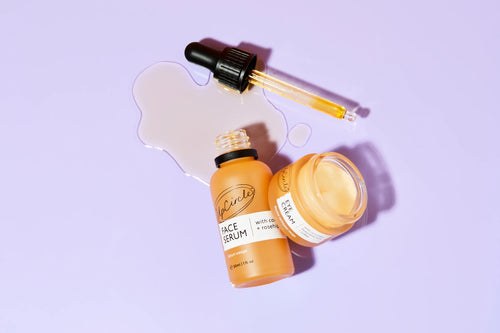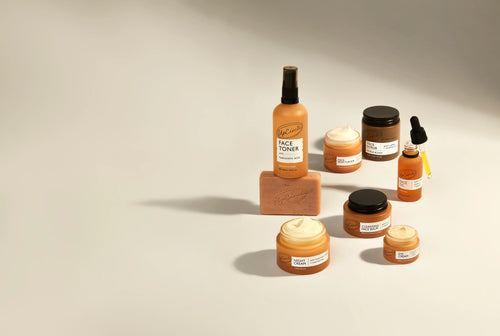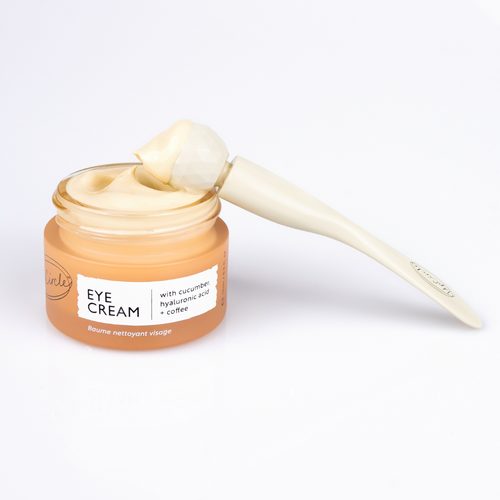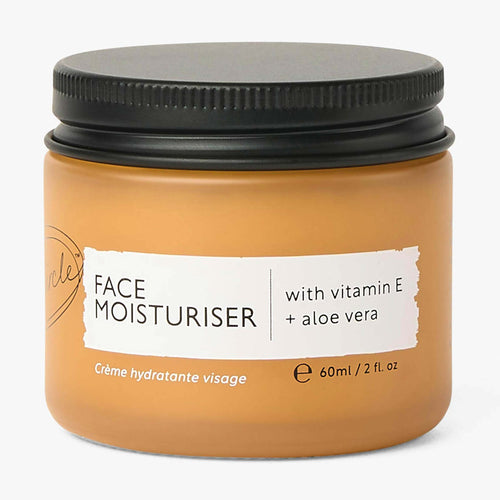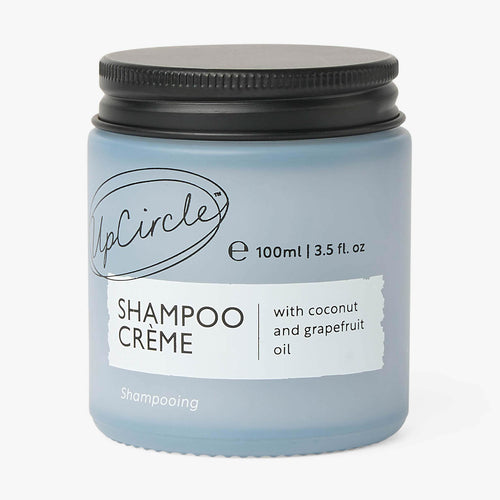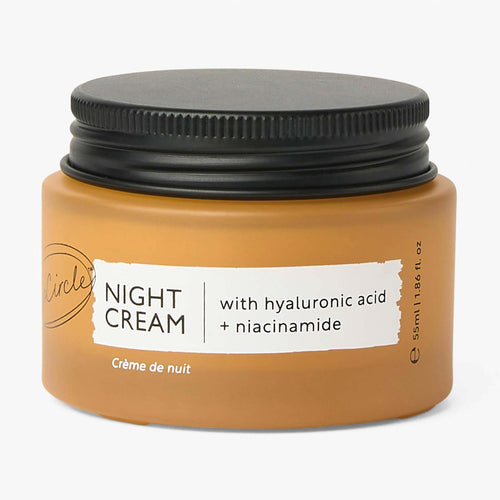Your skin is a huge and important organ that is constantly adapting and changing. There are many reasons why your skin may look and feel different at certain times, but one key reason is the influence that your hormones have.
Hormones are produced in varying amounts at different times in the menstrual cycle. As such, anyone who has periods may bemoan their monthly PMS oily skin and all the other skin changes they experience during their menstrual cycle.
Oily skin and the menstrual cycle
There’s a reason why puberty hit and your skin declared war. This is because your menstrual cycle and skin changes go hand in hand. It’s totally normal for our skin to go through different phases, and many of these are determined by hormones signalling different changes.
Your skin is a remarkable organ. Within it there are many sebaceous glands. The job of these glands is to produce an oily substance called sebum. Sebum is vital for the health of your skin, helping it to retain moisture and be protected against environmental challenges.
At the time of puberty, sebaceous glands get bigger and start secreting sebum. They are most active when we are young, from puberty until we are around 35 years old. The glands have receptors in them which are affected by sex hormones, particularly androgens like testosterone. The more androgens there are, the more sebum we produce, causing oily skin. When this increased oiliness mixes with pores becoming clogged, that’s when outbreaks and acne occur.
What happens to your skin during the menstrual cycle?
During the menstrual cycle, the amount of testosterone being produced and influencing sebum production varies. That’s why we might get what we, not so affectionately, call PMS skin.
Another of the sex hormones, oestrogen, also varies throughout the menstrual cycle. There’s less understanding about the role that oestrogen plays with the menstrual cycle and skin changes, but we do know that it reduces sebum production. Oestrogen is also interesting for your skin because we know it’s tied to increased collagen production and even skin healing.
It’s worth noting that it’s not just your menstrual cycle that affects sebum production. Other factors that affect how oily your skin is include the weather, your genetics, diet, sun exposure and using the wrong skincare for your skin.
PMS oily skin and acne
During your menstrual cycle, if the testosterone increases sebum production and this is accompanied by dead skin cells causing a blockage in a pore, more sebum gets trapped.
The result can be period-time outbreaks or worsening acne. Unfortunately, once you’ve got acne going on, it’s easy to create a loop because the bacteria that thrives in acne creates more acne. It’s why in the week or so before your period and during your period you can experience worsening acne symptoms.
It’s complex because we still don’t fully understand why this process is made worse. Some scientists believe that those with notably PMS-based oily skin don’t have enough oestrogen to combat the sebum-producing effects of testosterone. Yet many researchers think it is more likely to be that another hormone, progesterone, is out of balance with the oestrogen.
However, what we do know is that certain people suffer more with poor skin during their period than others. There is evidence from those with polycystic ovarian syndrome (PCOS) where we can see that hormones make acne worse. We also see these effects with trans men who are taking synthetic testosterone, and with people who’ve had success managing their PMS acne by taking hormonal contraception.
It’s not just spots and acne
The menstrual cycle and skin changes aren’t just limited to acne. When we think of menstrual cycle skin changes, we tend to focus our attention on oily skin and outbreaks.
However, for some people, dry skin can also be a concern at different points in their menstrual cycle. Again, it is likely that hormones play a part here. Your temperature fluctuates during the month too, and this may affect the dryness or oiliness of your skin.
If you suffer from a dry skin condition, such as psoriasis or dermatitis, you aren’t alone if symptoms worsen at different points in your cycle.
Should you change your skin care during your menstrual cycle?
It’s important to realise that not all acne is a result of your menstrual cycle, and even if hormones are the main cause, there’s lots you can do with your skincare to help. We know that how your skin is during your menstrual cycle can really affect how you feel about yourself, and that’s where natural skincare can really help.
In general, we believe that a good and settled skincare routine is the best way of helping your skin throughout your menstrual cycle. This should include twice daily cleansing using a mild and natural product, such as our Cleansing Face Balm with Apricot Powder. Use a non-comedogenic moisturiser (that means it doesn’t clog your pores) like our Face Moisturiser with Vitamin E.
Once the skin-kind early days of your menstrual cycle are behind you, then you may want to add in some changes to combat the increased sebum production. When your skin is at its oiliest, make sure you stay on top of your cleansing routine – but avoid over-cleansing, as this can have the opposite of the intended effect. Also make sure you exfoliate regularly to wash away dead skin cells which can clog pores. Our Coffee Oil Face Scrub Herbal Blend contains tea tree oil to help tackle outbreaks.
During the oilier phase of your cycle, you may want to do more. Now is the perfect time for a Kaolin Clay Face Mask. This clarifying mask helps to clear clogged pores and will also help you to feel pampered and soothed during the worst of your PMS symptoms. You don’t need to make huge changes to your skin care during your menstrual cycle, but this is one addition that may help you weather the hormonal storm.
Choose natural skincare tailored to your skin type, such as our products for acne prone skin, and you’ll successfully manage your skin throughout your menstrual cycle.
